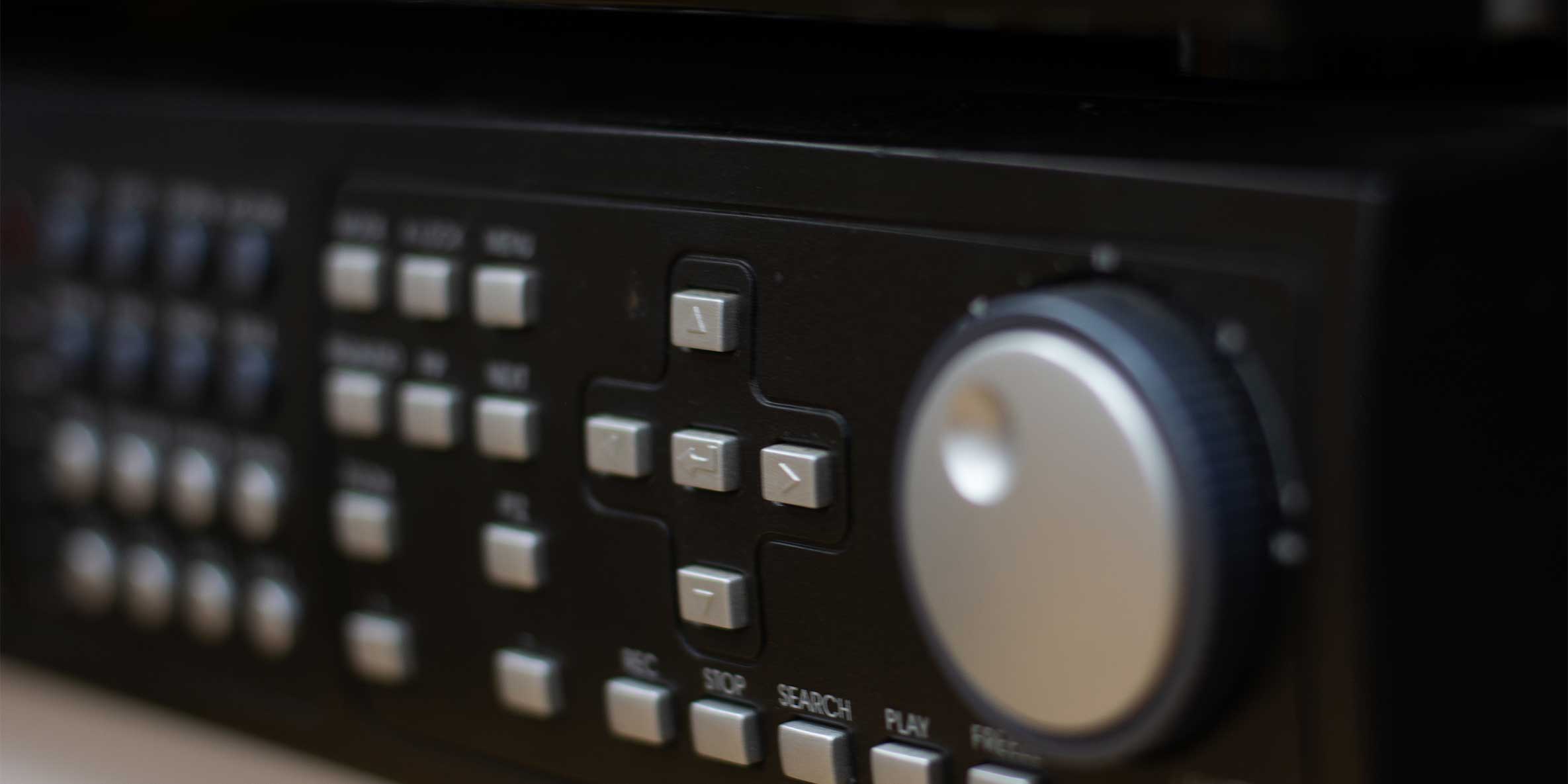School buses are a safe way for students to get to and from school, so it’s no surprise that approximately 25 million students in the U.S. take the bus every day.
It should be a school’s number one priority to ensure buses remain a safe mode of transportation.
Video surveillance and bus safety best practices can help ensure the safety of students and drivers.
Install Video Surveillance Cameras
Video surveillance cameras capture audio and video of bus activity, enabling drivers to focus on the road while keeping tabs on student’s behavior. Installing cameras in buses allows school administration to:
- Discipline students who commit a crime (e.g., vandalism or theft).
- Ensure students stay seated and facing forward.
- Identify bullying or violence.
- Play back footage to confirm eyewitness accounts.
Select a camera that is also capable of monitoring at wide angles to ensure all activities, including those not visible to the driver, are being recorded.
Perform Regular Bus Maintenance
Take preventative measures, minimize breakdowns and keep riders safe by performing regular bus maintenance. Guarantee safe transportation by inspecting and repairing deficiencies to any of the following parts:
- Battery, belts and wiring.
- Breaks and break lights.
- Emergency exits.
- Fuel tank and exhaust pipe.
- Lights and hazards.
- Seat belts.
The Michigan Department of Education recommends inspections be conducted every 36 school days, 3,500 miles driven, or 300 gallons of fuel used. Additionally, buses should undergo thorough inspection before and after long trips.
Set Safety Expectations
Even with safety equipment in place, drivers should encourage bus riders to abide by clearly defined rules and inform them of emergency evacuation procedures to promote better behavior and safer transportation. A few safety guidelines to follow include:
- Keep aisles and emergency exits clear in case of emergency evacuation.
- Follow driver’s hand motions before crossing streets.
- No eating or drinking.
- No horseplay.
- Use handrails when entering and exiting the bus.
- Use indoor voices so the driver can concentrate.
Clearly communicating expectations and emergency procedures enhances the safety of riders, and allows the bus driver to better perform his or her job with fewer distractions.



